As a teenager I experienced the worst kind of period pain – the blackout and vomiting inducing kind that kept me in bed for a day or two at a time.
You know what saved me? The pill. Gasp. But then it wrecked my hormones in a whole other way, so I ditched it in my early 20’s.
Unfortunately the “extremely painful, so-bad-you-want-to-scream-and-tear-your-hair-out period cramps” came back after I got off the pill, because I hadn’t actually fixed the underlying problem.
Picture this: One day while I was working as a production coordinator on a shoot for a TV commercial, my period was so heavy I was changing tampons every hour and my cramps were soooo bad I had to race to the bathroom twice to throw up! My producer came into the office and I was curled up on the floor under my desk unable to work.
He was not impressed.
Some variation of this scenario was my norm every.single.month. It was miserable.
Perhaps you can relate?
More than half of women who get their periods have some degree of pain for 1 or 2 days each cycle, and that’s considered totally normal.
It turns out, however, many women also experience severe, debilitating pain requiring pain medication and time off from daily activities.
According to a June 2012 study, more than 84 percent of women in their 20’s have painful periods and more than 43 percent say they have pain with every period. Another survey found 50 percent of women are incapacitated by their menstrual cramps, and the ability to do their jobs is affected.
In fact, period pain is one of the top causes for women to miss work, after sick children.
In addition to pelvic pain, other symptoms, such as nausea, vomiting, diarrhea, sweating, and headaches can happen just before or during your period. The symptoms may last anywhere from a few hours to 2 or 3 days.
Ugh, why do we put up with this? It’s just not right!
So, what causes painful periods?
There are two types of dysmenorrhea (painful periods) – primary and secondary.
#1 Primary dysmenorrhea
Primary dysmenorrhea is related solely to your period, meaning there is an absence of pelvic pathology. This is considered a natural part of your cycle.
- One cause of primary dysmenorrhea include high levels of pro-inflammatory prostaglandins – hormone-like substances that cause the uterus to contract (I wrote about them extensively here).
- Another cause is a “tilted/tipped uterus”. Women with a “tilted/tipped uterus” (officially known as a retroverted or retroflexed uterus, depending on its position) also commonly experience primary dysmenorrhea.
Possible factors that contribute to a tilted/tipped uterus include pelvic misalignment (e.g., from habitually wearing high heels), regularly sitting improperly on the sacrum (the large triangular bone at the base of your spine), and falls that directly impact the sacrum.
I’ll leave the details to my friend Barbara Loomis, a specialist in abdominal therapies and Visceral ManipulationTM, who has a great post on this issue. This picture is courtesy of her site.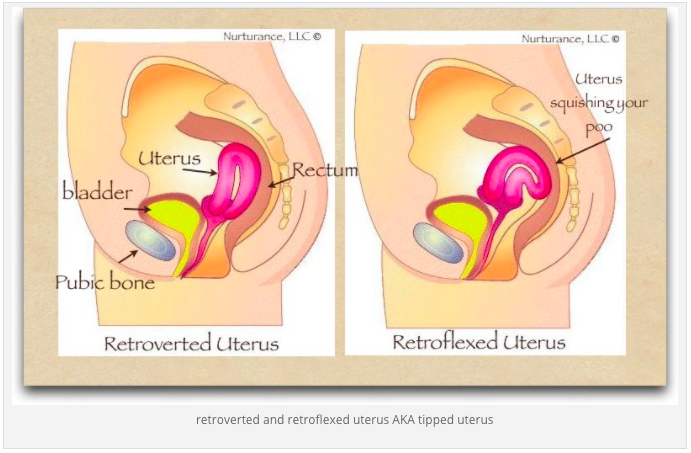
#2 Secondary dysmenorrhea
Secondary dysmenorrhea is due to an actual condition. Pain from secondary dysmenorrhea usually begins earlier in the cycle and lasts longer than the menstrual cramps associated with primary dysmenorrhea. The conditions that cause secondary dysmenorrhea include:
- Endometriosis, an inflammatory disease in which tissue similar to the uterine lining grows outside of the uterus, can cause super painful periods. It’s believed to affect more than 11 percent of women ages 15-44. Check out this detailed post on endometriosis. If you suspect you have it, please see your gynecologist or look for a doctor who specializes in endometriosis.
- Uterine fibroids, abnormal growths in or on the uterus, will develop in 35 percent of women before they reach menopause. They can lead to heavy bleeding and severe menstrual cramps because the uterus contracts more to push out the large blood clots.
- Adenomyosis – where tissue similar to that of the uterine lining grows into the muscular wall of the uterus, causing it to thicken.. This leads to extremely painful and heavy periods.
- An infection like Pelvic Inflammatory Disease (PID) or an STI (these won’t necessarily cause period pain but they can cause pelvic pain)
- Ovarian cysts
- The copper IUD, especially for a few cycles after it’s inserted.
It is really important that you see a doctor to determine the cause of your period pain, as that will determine how you’re going to address it.
My best period pain remedies, solutions and hacks
While I’m not scraping myself up off the bathroom floor anymore when I get my period, I do get cramps every now and then. Life is inherently busy and stressful, so some months my uterus lets me know it’s not happy about that!
You know the saying, you teach what you most need to learn. Yup, that’s me. Also, I’ve tried almost every one of these recommendations, and if I haven’t, I am recommending something because trusted colleagues or clients have had great results with it. But please do your own research.
Food and supplement solutions for period pain
- Ditch the dairy – There is a fair amount of evidence suggesting that menstrual cramps are linked to a sensitivity to dairy. This is most likely due to A1 casein, a protein found in milk that can be inflammatory in some women. Check out my book Fix Your Period for more information on this topic. You won’t find A1 casein in cow’s milk from Holstein and Guernsey cows, goat or sheep milk – they contain what’s known as A2 casein. However, I’d suggest removing all dairy for 28 days and then reintroducing goat/sheep products or A2 dairy to see if they are okay.
- Consider cutting nightshade veggies – Nightshade vegetables including eggplant, peppers, tomatoes and potatoes may trigger inflammation and subsequent pain in some people. I often see women with endometriosis and vulvodynia (a vaginal pain condition) benefitting from elimination of these foods. Try eliminating them from your diet for 28 days as an experiment to see if it helps alleviate your period pain in your next cycle.
- Magnesium – I call this the “keep calm and carry on mineral”! Magnesium has been shown to reduce menstrual cramps and PMS – double duty. Magnesium glycinate is the most easily absorbed form of magnesium, which will prevent diarrhea. The recommended dose is 350mg a day. I also LOVE Jigsaw MagSoothe, which is magnesium combined with sodium and potassium for ultimate adrenal support and sleep. In addition, I really like the Pure Magnesium Oil Spray which I spray on my chest and the soles of my feet. And don’t forget, you can soak in an Epsom salt bath which will give you an extra dose of magnesium and help you relax.
- B vitamins – I’ve talked at length about the B complex vitamins (they’re kind of my fave), so I’ll spare you all the details. You can find my big share on them in this post on the top 3 supplements for ovulation. The B vitamins (B1 and B12 in particular) work well for period pain. Check out Seeking Health B Complex Plus. FYI – I prefer to take them as a complex because they all work synergistically.
- Fish oil – Another supplement I’ve yammered on about! Numerous studies have found that simply taking fish oil supplements dramatically improves dysmenorrhea symptoms but typically only after three months. This is due to it’s rockstar anti-inflammatory properties. I am obsessed with Rosita Real Foods Cod Liver Oil which has those magical fatty acids EPA and DHA (the essential fatty acids you need for pain free periods), vitamin A and D (so needed by us to make hormones and have healthy pregnancies). But I also love Designs for Health OmegAvail.
- CBD oil – I’m gonna start by saying that this deserves a category all its own. I even mention it in my book! I’ve been using cannabidiol (CBD) oil since November 2017, and the results are ahh-mazing! My pain (neck/back pain and period cramps which weren’t so bad) has dropped significantly. Many of my clients and friends who use CBD oil for painful periods say their pain is gone after just three months. I’ve been using a brand called Foria. I recommend trying their Foria Basic Suppositories – Menstrual CBD – these are vaginal suppositories to be used when you are experiencing cramps (see below for more info). They also have an amazing bundle, the Cramps Be Gone Kit, which includes the suppositories plus their relief salve and wellness tonic.
*Just FYI, you cannot get high off of CBD oil as it does not contain THC, the psychoactive property in marijuana. - Curcumin – the active ingredient in turmeric, this spice has incredible anti-inflammatory properties that have been shown to reduce period pain. I like the Pure Encapsulations brand.
- Additional herbal supplement options for ongoing support include Semaine PMS & Period support, Elix (traditional Chinese medicine herbs), Red Raspberry Leaf herbal tea and de lune Cramp Aid.
- Medication swap: If you need the real deal while you’re beginning to implement these natural options, swap out your Tylenol/Midol/Ibuprofen etc. for the Whole Foods Ibuprofen brand or Genexa, both of which are made without synthetic dyes and other unneccessary additives.
IMPORTANT: Many of these supplements are available via my Fullscript Supplement Dispensary. When you order there you’ll get 15% off plus free shipping in the US on any orders over $50! You’ll need to sign up for an account to access this (it’s easy!).
Structural and physical solutions for period pain
- Arvigo Techniques of Maya Abdominal Therapy (ATMAT) – A form of abdominal massage, ATMAT is an external, non-invasive modality that repositions internal organs that may be restricting blood flow and causing pain. The first time I did this massage years ago, my period pain was literally cut in half. It was pretty spectacular. Find a practitioner here.
- Pelvic physical therapy – A pelvic physical therapist can evaluate your lady parts to see if there’s something structural going on that’s causing your pain and treat it. I’ve seen a Pelvic PT (holla Lindsey Vestal of the Functional Pelvis) and I can tell you it’s a game changer. Click here to find a licensed PT.
- Acupuncture – I’ve been doing acupuncture for about 15 years, and I recommend it to all my clients in conjunction with the Fix Your Period Program. Acupuncture can help bring consistent blood flow to the abdomen which can ease period cramps. There is mounting scientific evidence for its positive effect on period pain – one study showed a “ favorable effect of acupuncture in controlling the duration and intensity of moderate/severe dysmenorrhea related pain.” And this study showed that acupuncture was effective at relieving menstrual pain in as little as five minutes.
- Have an orgasm! That’s right. During an orgasm, the body releases a rush of dopamine and serotonin. These hormones act as natural pain relievers. Also, pelvic contractions occur during an orgasm, which may help to increase blood flow and reduce stagnation, therefore relieving cramps. If you have endo or another chronic pain condition, an orgasm may cause more pain, so proceed with caution.
Topical solutions for period pain
- Castor oil packs – With its’ amazing detoxifying and anti-inflammatory properties, castor oil is a great remedy to ease period pain. You can find my guide to make castor oil packs here. Apply them 1 to 2 times a week and only during the weeks you’re NOT menstruating.
- Heat – I know you’re no stranger to this one! Don’t overlook a good ol’ hot water bottle or heating pad for quick relief. If you need on-the-go relief try Thermacare.
- Vaginal Steaming – Also known as the yoni steam, this ancient practice has wide-ranging benefits and is incredibly effective when it comes to reducing period pain. The practice increases circulation and promotes blood flow. Avoid steaming when you’re on your period, if you’re pregnant or have an active infection. I love the Kitara steaming herbs and other products.
- Essential oils – I lurvvve doTerra’s ClaryCalm as well as the doTerra Deep Blue Stick (or rub), both of which you can apply on your abdomen for the 7 days leading up to your period and then during your period.
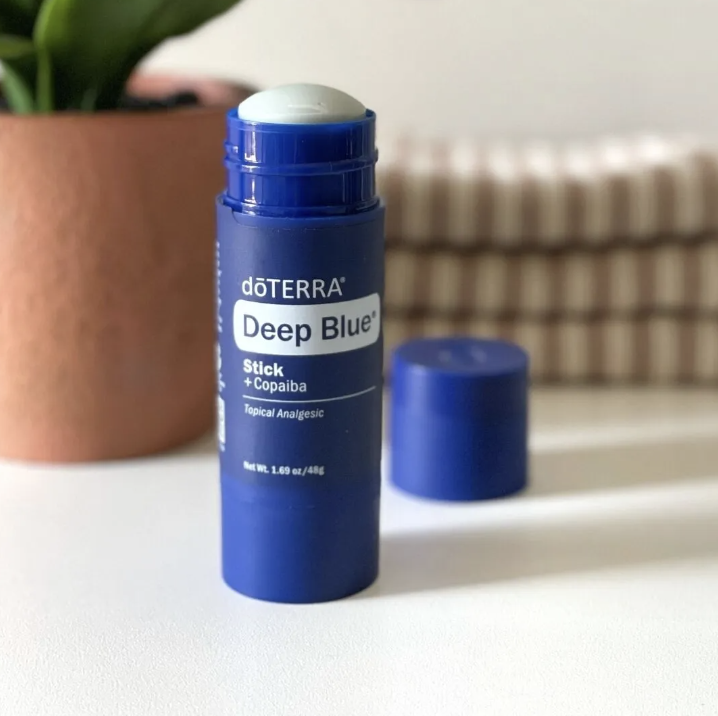
- Herbs Etc. Cramp ReLeaf – I’ve never used this product, but a number of clients who have severe cramps say this product relieves, if not eliminates their pain altogether.
- Foria CBD Suppositories – Cannabis based period products are so hot right now, and Foria is by far my most recommended brand. I really trust their ingredients because they take quality really seriously. The vagina readily absorbs CBD, which promotes muscular relaxation and localized relief from cramps. Give Foria a try and you’ll become a true believer in the magical benefits of CBD!
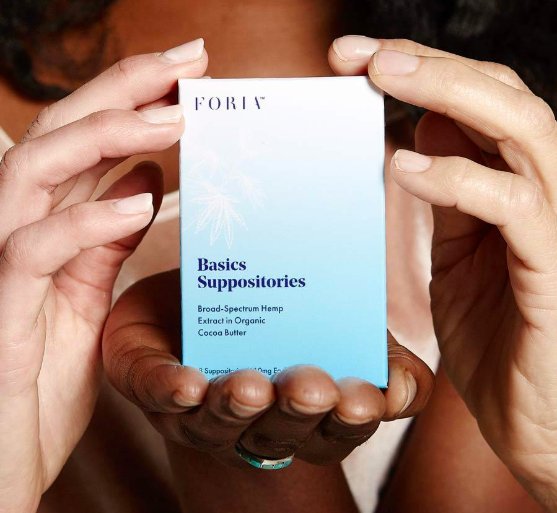
Devices
- TENS Unit – Have you heard about the Livia device? It’s a TENS unit specifically for period pain. What’s a TENS unit you ask? It stands for Transcutaneous Electrical Nerve Stimulation, and simply put it releases a current that distracts the nerves causing the pain and reduces your perception of pain. Although the TENS unit won’t treat the root cause of your pain, it can provide substantial temporary relief. Here is the one I have, which is significantly cheaper than the Livia but obviously not specifically for period pain.
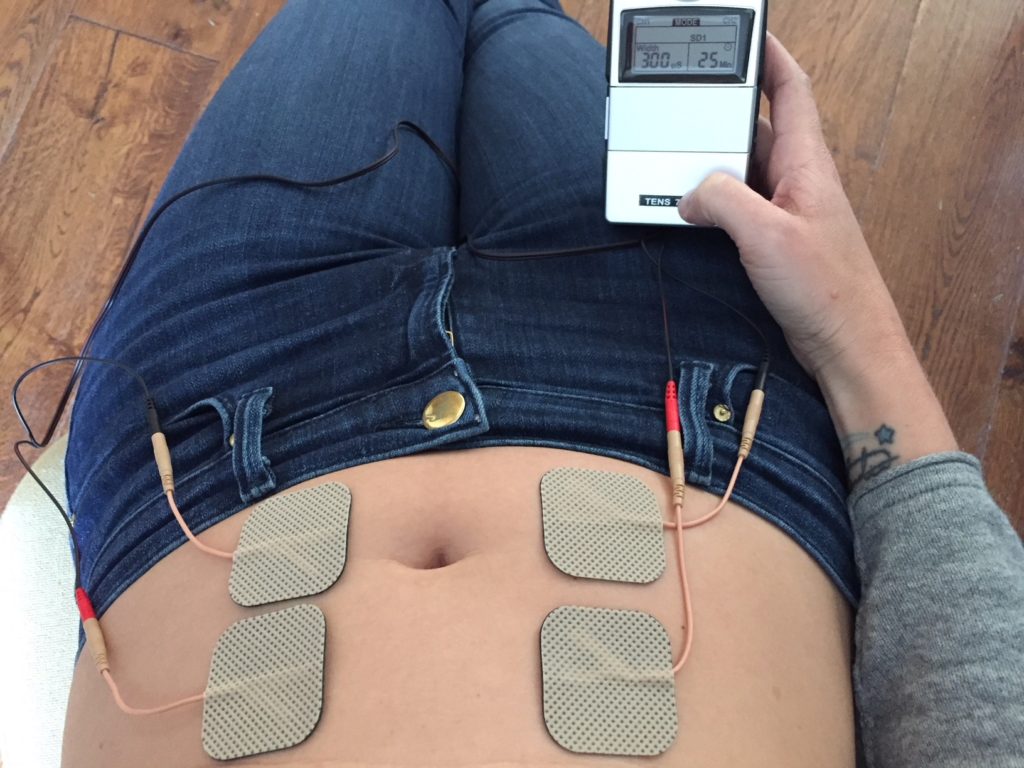
Alrighty, you now have 20+ really great tried-and-tested natural solutions for your pain in the ass period! Just kidding – you love your period right?? 😉 I am constantly researching and experimenting with products to help improve periods, so my hope is that these alternatives to the pill and pharmaceuticals come to your rescue!
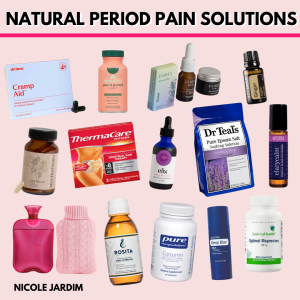
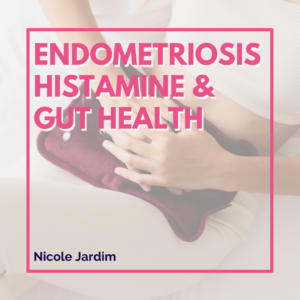
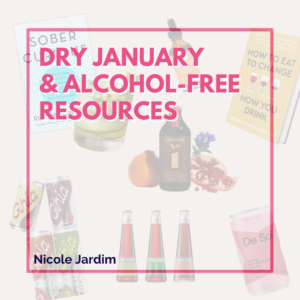
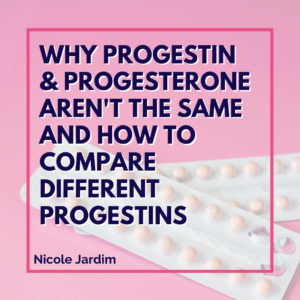
12 thoughts on “The Best Natural Period Pain Solutions”
Love your work Nicole! A couple products that I have found very useful are the magnesium soak from https://livingthegoodlifenaturally.com/collections/all
is supposed to be superior to oral supplementation as it bypasses digestion and allows you to reach Red blood cell saturation. I love the stuff and have found it super helpful! The founder of the company does not like natural calm and she does a great job explaining why in podcasts she has been featured on. The second product I love is CBD oil by Ojai energetics-This CBD oil has been talked about on the wellness mama podcast and Chris Kresser podcast. It is great high quality stuff!
I have the Livia, and it does work…with limitations. The adhesion site is almost always very uncomfortable, either due to the shape of the pads or from the electrical current. The other problem is that I’ve found it impossible to use at night.
Luckily, my NSAID consumption has majorly decreased after treating my MTHFR, but I still have at least 1-2 days of some ibuprofen use, but only about 200mg every 4 hours (compared to my prescriptions of 800mg of ibuprofen and Tylenol with codeine).
My next action item is increasing my DIM from 2/day to 3-4/day. (Already taking the magnesium, B’s, and following the other recommendations.)
Hey Melissa, right on girl! We all have to figure out and then do what works best for each of us. Thanks for sharing your experience of the Livia…much appreciated as it’s pretty new to a lot of people still. What did you do to treat your MTHFR? xoxo
For my MTHFR, I’ve been using Methylguard Plus, milk thistle/yellow dock or dandelion tinctures, adenosyl/hydroxy b12, DIM, epsom salt baths, castor oil packs, trace mineral supplementation, buffered vitamin C, etc. I’ve got a great Functional Medicine Nurse Practitioner (also a trained herbalist), I’m a trained chef, and I’m currently in the Nutritional Consulting program through Bauman College, so I’ve got a lot of support and knowledge. My MTHFR led to estrogen dominance, which was so powerful I underwent a laparoscopy looking for endometriosis, of which there was no evidence. You were actually the first person to mention MTHFR to me, when I cooked for your group at Good Commons! Ever since then, my health has improved a thousand times over. 🙂
OMG Melissa! I didn’t realize you were that Melissa. WOW I am so happy to hear this news. How amazing that you’ve been on such a crazy journey since that time in Vermont. I am sooo glad you commented on here and shared your story with me, and that you are doing SO much better. Amazing news. Big hugs!!!
I think I need that myobuddy in my life! Great video 🙂
It’s a game changer!! 🙂
I’ve tried Arvigo therapy and essential oils. Very excited to try some of your other recommendations Nicole. Thank you!
Hey Kristina! Awesome news! Do let me know what you try and how it goes for you. xo
I can absolutely relate to your story about periods in your teens and 20s. The game changer for me was in my mid 30s when I cut out all caffine (that halved my pain in the first month!), processed sugar which i learned gave me almost instant debilitating pain, and stopped eating dairy the week before and during my period. I still get period pain, but happily i can function now 🙂 im hoping some of your tips above will help reduce it even more! Thanks for the advice.
I had bad cramps for years as well that lasted the first day (quite horrible) or two (got milder). For me the number one remedy that has worked wonders is EXERCISE and NO SUGAR! Yup I get moving! I’ve never had issues with my weight so I’ve always just exercised to stay fit and healthy, but I discovered that actively exercising and cutting down on sugar (sooo hard for a sweettooth like me) really reduced my PMS and cramps. I also have a bit of belly fat that I’ve been trying to get rid of for a while so I concentrate on ab exercises and it’s worked wonders! So it’s been a win win for me – bye bye cramps and hello flat tummy!
Hey Sara, YES. No sugar is critical to having no PMS and cramps. I feel like I talk so much about the sugar stuff, which is why I didn’t mention it here. Thanks for sharing your experiences. Appreciate it!! xoxo